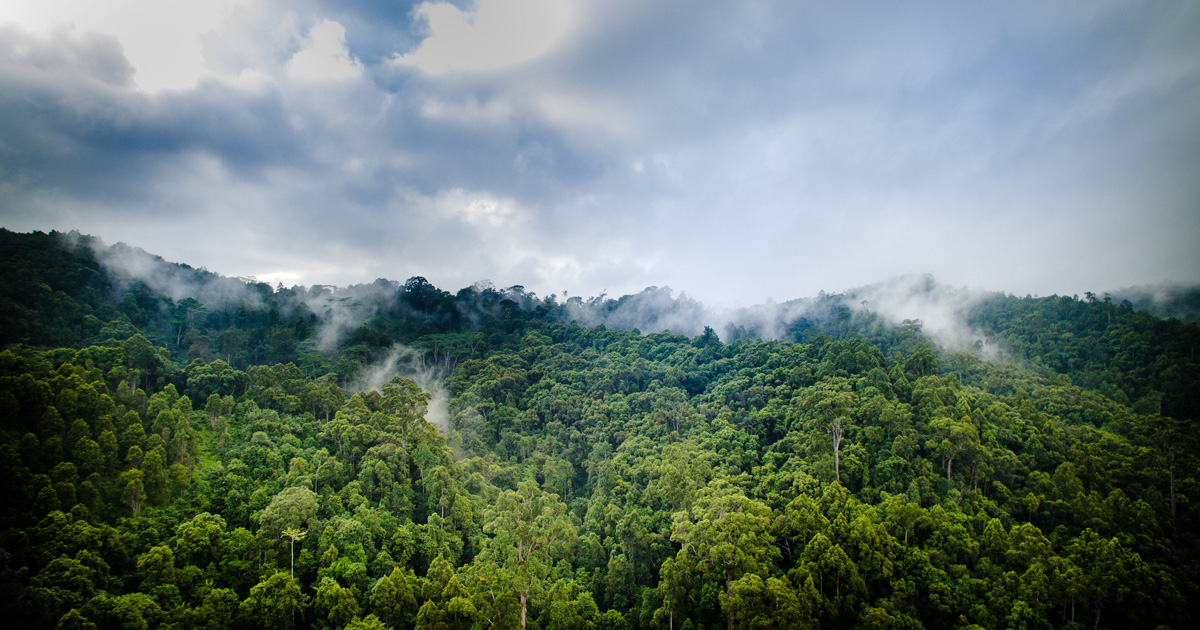While the stems of upperstorey trees in agroforestry systems have many uses such as firewood and fencing, it remains true that one incentive for growing upperstorey trees is the anticipated income generated by selling commercial quality poles. Three hundred and ninety-one poles representing 15 tree species grown under linear agroforestry conditions at four sites in Uganda were analyzed in terms of the length, diameter and taper of their poles. At the time of harvest, the trees were 41 months old. Although the poles varied in size and shape, none conformed to the standards observed in the commercial pole market in Kampala. The results demonstrate that linear agroforestry systems are unlikely to produce high quality commercial poles in a short time although they have other uses. Development of commercial pole production in these systems requires low cost management practices. New research designs and hypotheses are needed to assess the potential of commercial pole production. They must consider trials with larger plots, longer duration and varying management practices such as side pruning, spacing, coppicing and pollarding.
DOI:
https://doi.org/10.1007/BF00213649
Altmetric score:
Dimensions Citation Count:
























